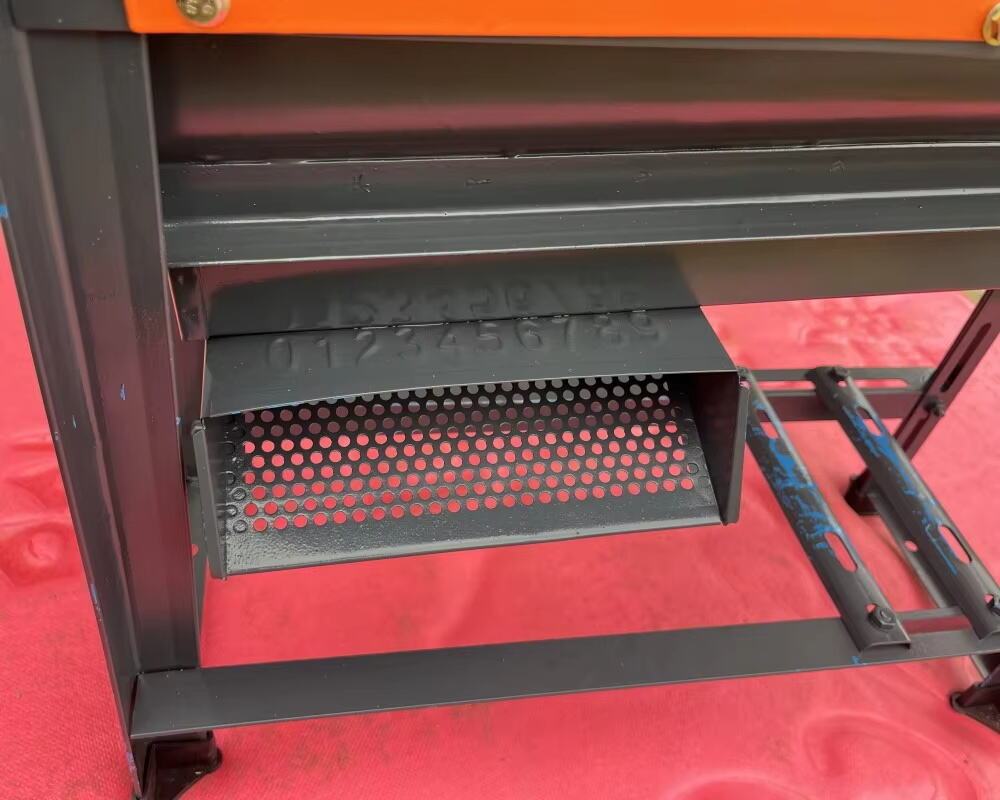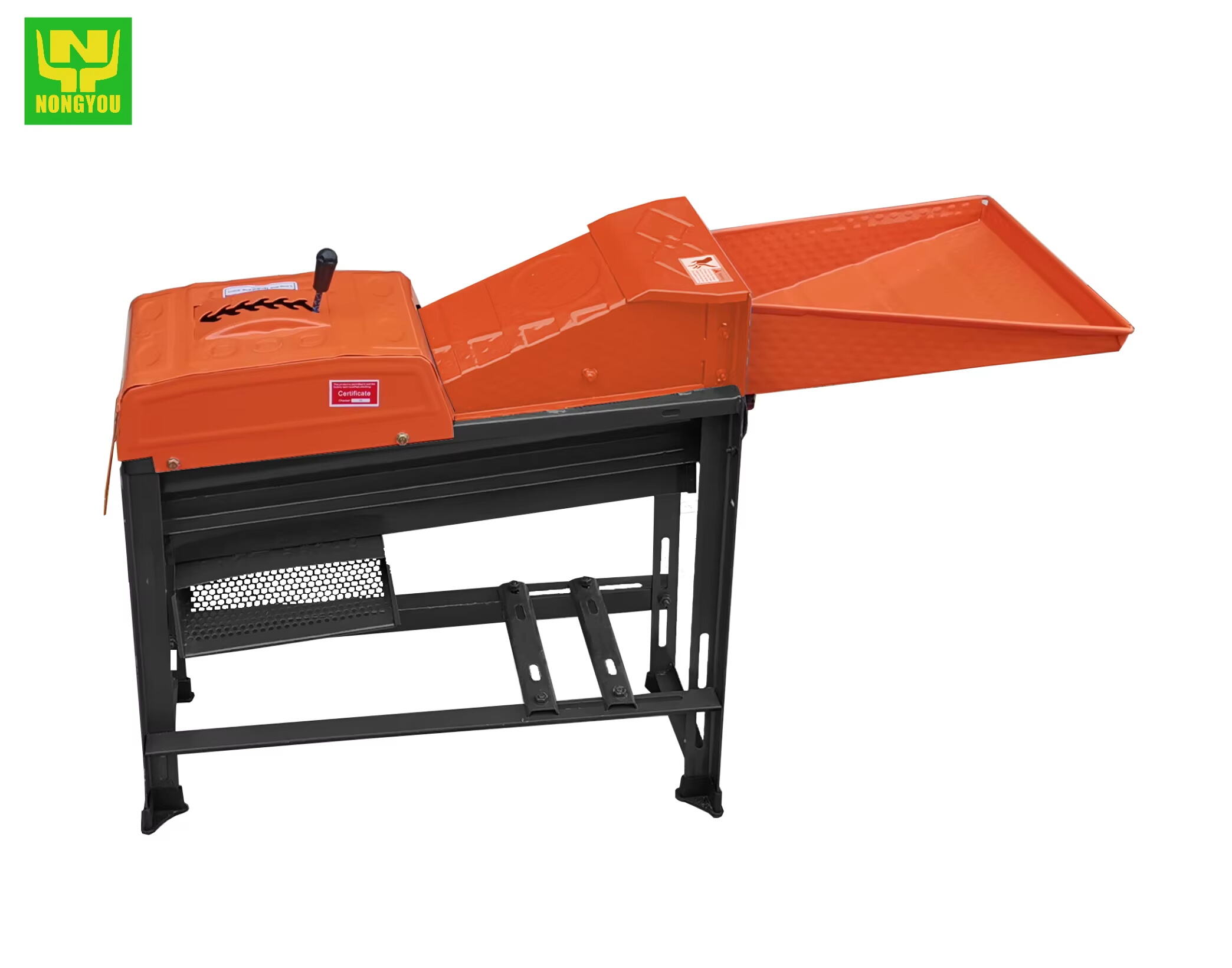Choosing Between Traditional and Modern Corn Threshing Methods
Threshing corn has always been a critical step in agricultural productivity. Over time, technology has transformed this process, introducing various options for farmers. Among these, the electric corn thresher has gained prominence for its efficiency and ease of use. Comparing manual threshers with electric corn threshers helps clarify which solution fits different farming needs and environments. Understanding the advantages and limitations of each option will guide farmers in making informed decisions.
Advantages of Manual Corn Threshers
Simplicity and Low Initial Cost
Manual corn threshers have been widely used due to their simple design and low upfront investment. These machines rely on human or animal power, making them accessible in areas without electricity or advanced infrastructure. The manual operation allows farmers to maintain control over the threshing speed and force, which can be useful for smaller-scale operations or for crops that require gentle handling.
The lack of complex parts in manual threshers results in easier repairs and lower maintenance costs. For farmers who prioritize minimal operational expenses and have limited budgets, manual threshers remain a practical choice. Their straightforward mechanism also means that local technicians can often handle repairs without specialized knowledge or tools.
Portability and Flexibility
Manual threshers are typically lightweight and compact, making them easy to transport between fields or storage locations. This portability suits small farms or areas where fixed threshing stations are unavailable. Farmers can operate these threshers in diverse locations without relying on fuel or electricity, making them especially useful in remote or off-grid regions.
The manual corn thresher offers flexibility in handling different crop sizes and types by adjusting manual input. This adaptability can be beneficial when farmers grow mixed crops or need to thresh in varying conditions without sophisticated settings or power sources.
Benefits of Electric Corn Threshers
Higher Efficiency and Faster Processing
Electric corn threshers significantly outperform manual ones in terms of speed and throughput. Powered by electricity, these machines can handle large volumes of corn quickly, reducing the time and labor needed during peak harvest seasons. This efficiency helps farmers process their crops promptly, minimizing post-harvest losses due to delays or unfavorable weather.
The consistent power delivery of electric corn threshers also results in more uniform threshing quality. The machine maintains steady rotation and force, effectively separating kernels from cobs with minimal grain damage. For farmers aiming to optimize yield quality and quantity, electric corn threshers provide a valuable advantage.
Reduced Labor and Improved Safety
One of the most notable benefits of electric corn threshers is the significant reduction in physical labor. Manual threshing can be strenuous and time-consuming, especially for larger farms. Electric machines minimize human effort by automating the threshing process, freeing farmers and workers to focus on other essential tasks during busy harvest periods.
Electric corn threshers are often designed with safety features such as protective covers and emergency shut-offs. These measures reduce the risk of injury compared to manual threshers, where exposed moving parts require careful handling. Enhanced safety contributes to better working conditions and less downtime due to accidents.

Considerations When Choosing Between Manual and Electric Corn Threshers
Availability of Power and Infrastructure
Electric corn threshers require a reliable power source, whether from the grid or alternative energy systems like generators or solar panels. In regions with unstable electricity or no access, manual threshers remain a viable and sometimes the only practical option. Assessing the local infrastructure is crucial in determining the feasibility of adopting electric threshing technology.
Farmers with access to stable power and suitable infrastructure can leverage the benefits of electric corn threshers without disruption. Those in remote areas may need to consider hybrid approaches or invest in power solutions to enable electric threshing if desired.
Scale of Operation and Volume of Corn
The size of the farm and the volume of corn harvested each season heavily influence the choice between manual and electric threshers. Small-scale farms or those with limited harvest volumes might find manual threshers sufficient and cost-effective. On the other hand, larger commercial farms benefit from the speed and automation of electric corn threshers to handle bulk processing efficiently.
Evaluating the long-term needs and potential growth of the farming operation will guide whether to invest in electric technology. Balancing initial costs with ongoing operational savings and productivity gains is essential in this decision-making process.
Unique Features of Modern Electric Corn Threshers
Advanced Motor and Control Systems
Modern electric corn threshers integrate efficient motors that consume less electricity while delivering powerful performance. Variable speed controls allow operators to adjust the threshing process based on corn moisture content, kernel hardness, and cob size. These controls enhance the machine’s versatility, ensuring optimal processing for different crop conditions.
Smart design elements also improve durability and reduce maintenance requirements. Electric corn threshers often come with easy-to-clean components and protective systems against dust and debris, increasing the equipment's operational lifespan and reliability.
User-Friendly Operation and Maintenance
Electric corn threshers are engineered for ease of use, with intuitive controls and safety mechanisms that require minimal training. The reduced physical strain on operators encourages longer working hours during critical harvest times without fatigue.
Routine maintenance is simplified through modular parts and accessible service points. Farmers can schedule preventive maintenance more effectively, reducing unexpected breakdowns and ensuring continuous operation. This reliability enhances overall farm productivity and reduces downtime.
Environmental and Economic Impact of Electric Corn Threshers
Energy Efficiency and Emission Reduction
Electric corn threshers offer better energy efficiency compared to traditional fuel-powered alternatives. By using electricity, especially from renewable sources, farmers can reduce their carbon footprint and contribute to sustainable agriculture. Lower emissions from electric machines support environmental goals and improve air quality in farming communities.
The efficient power consumption of modern electric corn threshers also translates to cost savings over time. Reduced fuel dependency lowers operational expenses and promotes a cleaner production process.
Cost-Benefit Analysis for Long-Term Investment
While electric corn threshers may have higher upfront costs compared to manual models, their advantages in efficiency, labor savings, and yield quality often justify the investment. Analyzing the total cost of ownership, including maintenance, labor, and productivity improvements, reveals significant returns over the machine's lifespan.
For farmers looking to modernize their operations and increase profitability, electric corn threshers present a compelling option that aligns with future agricultural trends.
FAQ
How does an electric corn thresher improve harvesting efficiency?
Electric corn threshers process corn faster and more consistently than manual threshers, reducing labor and minimizing grain loss during harvest.
Can electric corn threshers be used in remote areas without stable electricity?
Electric corn threshers require reliable power sources, but solutions like generators or solar panels can enable their use in off-grid locations.
What maintenance is needed for electric corn threshers?
Routine cleaning, inspection of motor components, and timely lubrication are essential to keep electric corn threshers running smoothly.
Is investing in an electric corn thresher cost-effective for small farms?
While initial costs are higher, small farms may benefit from faster processing and labor savings, but the decision depends on specific operational needs and budgets.
Table of Contents
- Choosing Between Traditional and Modern Corn Threshing Methods
- Advantages of Manual Corn Threshers
- Benefits of Electric Corn Threshers
- Considerations When Choosing Between Manual and Electric Corn Threshers
- Unique Features of Modern Electric Corn Threshers
- Environmental and Economic Impact of Electric Corn Threshers
- FAQ

